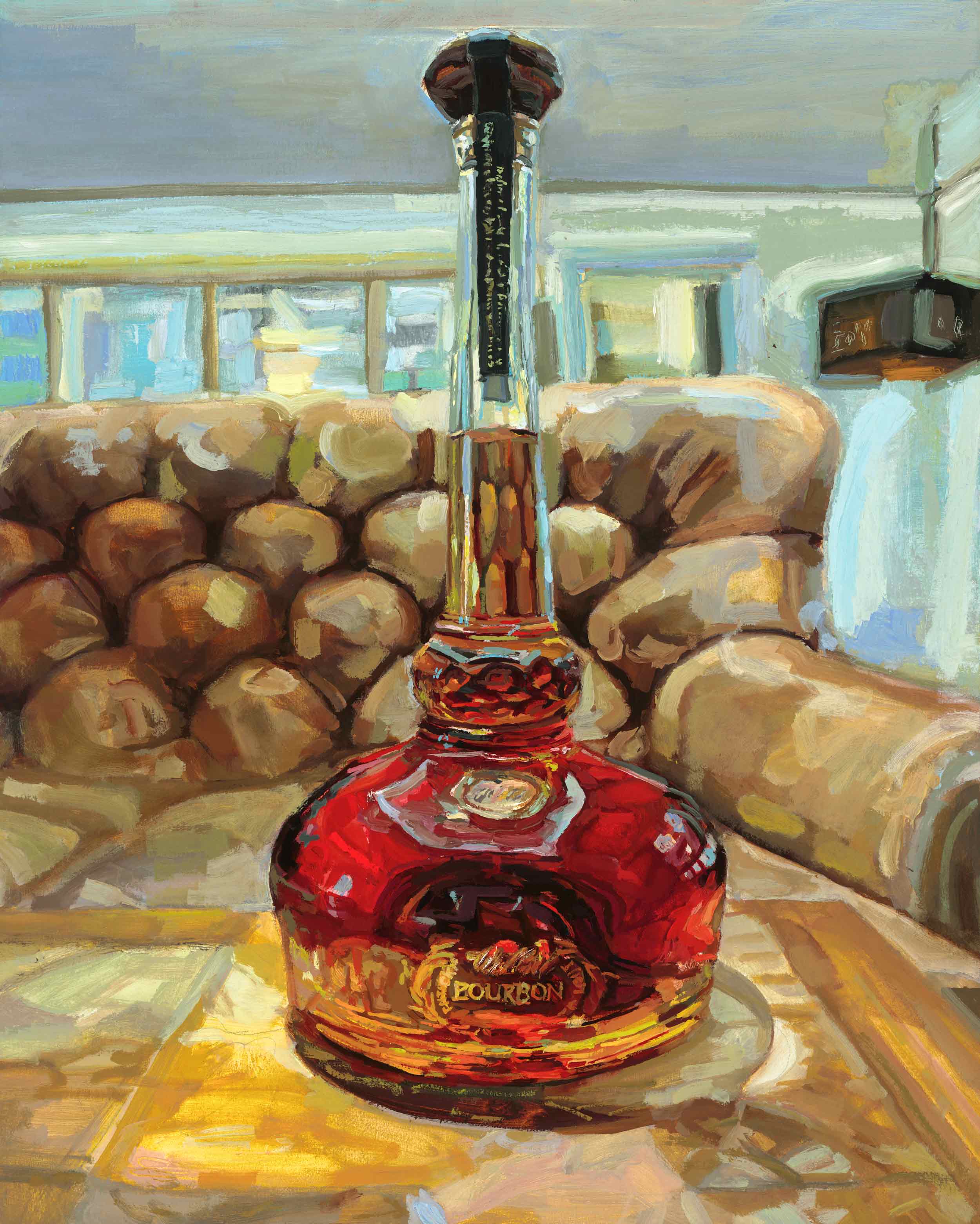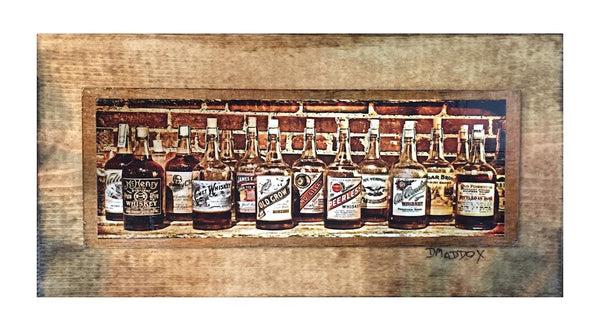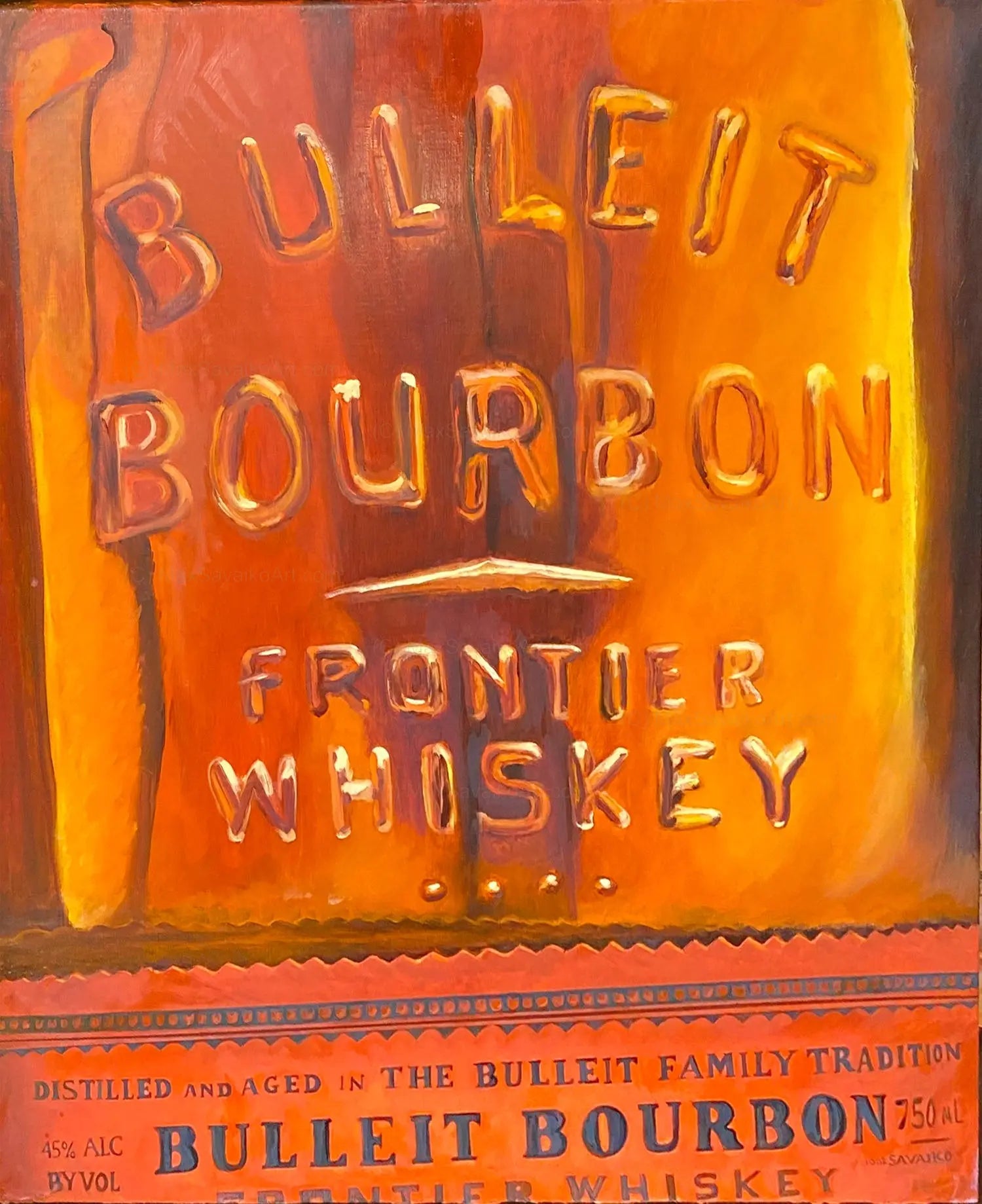Realism Art in the Whiskey Industry: Portraying Moments of Distillation
Realism Art in the Whiskey Industry: Portraying Moments of Distillation
Blog Article
The Value of Whiskey Art in Celebrating Heritage and Craftsmanship in the Beverage Sector
The detailed relationship between whiskey art and the event of heritage and workmanship within the drink industry can not be overemphasized. Via attentively developed tags and bottles, bourbon brands envelop their historic origins and the artisanal skills that specify their production techniques. This imaginative dimension not only enhances market allure yet also functions as an avenue for cultural narration, promoting a much deeper link between the craft and the consumer. As we explore the numerous facets of this subject, fascinating inquiries about the effect of modern fads on conventional methods develop, prompting additional assessment.
The Historic Roots of Whiskey
At the heart of bourbon's appeal lies an abundant tapestry of historical roots that map back to ancient people. The beginnings of whiskey can be linked to the distillation practices of the Sumerians and Babylonians around 2000 BCE, where early kinds of fermented grain drinks started to arise. It was in the Center Ages that the art of distillation developed dramatically, especially in Ireland and Scotland, leading to the development of whiskey as we recognize it today.
The term "whiskey" itself acquires from the Gaelic word "uisce beatha," indicating "water of life." This expression emphasizes the social importance of whiskey in Celtic cultures, where it was usually linked with routines, events, and communal bonding. By the 15th century, distillation ended up being an acknowledged craft within monastic communities, leading the way for the establishment of lawful distilleries.
As profession courses increased, scotch's popularity expanded, transcending regional borders and recording the rate of interest of connoisseurs worldwide. Whiskey Art. This historical journey mirrors not only the workmanship behind bourbon manufacturing however additionally its important function in social and social contexts, marking it as a substantial drink throughout history
Artistic Expression in Branding
Whiskey branding stands as a compelling junction of virtuosity and commerce, where visual identity plays a crucial role in forming customer understanding. The visual appeals of scotch labels, product packaging, and marketing materials mirror not just the brand's tale however additionally its core worths and heritage. Through artistic expression, distilleries communicate a narrative that reverberates with customers, stimulating emotions and sparking connections.
Using shade, typography, and images in branding offers to separate items in a saturated market. For instance, traditional motifs may evoke a sense of credibility and workmanship, while modern designs can signify development and forward-thinking. This strategic imaginative direction enhances brand name recognition and loyalty, permitting consumers to build an individual partnership with the bourbon they select.
In addition, creative expression in branding frequently works as an event of regional heritage. Distilleries regularly integrate local symbols or historical references into their styles, creating a local color that welcomes customers to engage in a more comprehensive social experience. Inevitably, the artistry behind bourbon branding not just improves aesthetic allure however also enhances the general story of the brand, promoting a much deeper gratitude for the craftsmanship and heritage embedded in each bottle.
Craftsmanship in Container Style
The artistry evident in bourbon branding prolongs past aesthetic identity to incorporate the workmanship included in container design. Each container offers as a vessel not simply for the spirit within, however additionally for the tale it tells about its custom, quality, and beginning. The style process needs meticulous focus to detail, as elements such as closure, product, and shape add significantly to the general perception of the bourbon.
Craftsmanship in container style entails these details selecting premium glass that can enhance the scotch's shade and clarity, while additionally offering a responsive experience for the customer. The shape of the container must be both aesthetically enticing and functional, commonly mirroring the heritage of the brand. Several distilleries select unique shapes or embossed logos that stimulate a feeling of authenticity and background.
Additionally, the tag design and typography play an important duty in connecting the brand's narrative. Realism Art. A well-crafted bottle not just captivates the customer's eye yet also reinforces the brand's commitment to high quality and custom. By doing this, the workmanship of bottle style comes to be a crucial aspect of the scotch experience, combining check my blog artistry with an extensive respect for heritage
Social Significance of Scotch Art
Celebrating custom and workmanship, the cultural importance of bourbon art transcends simple aesthetic appeals, linking with the social and historical stories of the regions from which it stems. Each bottle acts as a canvas, illustrating the unique stories, mythology, and practices that have shaped neighborhood whiskey-making practices. The elaborate layouts frequently show the heritage of the distillers, incorporating symbols and concepts that resonate with the culture and worths of their communities.

On top of that, bourbon art plays a vital function in public events and celebrations, working as a substantial link in between people and their shared experiences. By appreciating the virtuosity in whiskey product packaging, customers cultivate a deeper understanding and regard for the craft, ultimately enhancing their satisfaction of the beverage itself.
Modern Trends in Scotch Discussion
In the official site last few years, the presentation of scotch has actually developed to show modern preferences and trends while still honoring typical craftsmanship - Whiskey Art. Distilleries are significantly focusing on aesthetic aspects that boost the total drinking experience, connecting the space in between heritage and modernity
Cutting-edge bottle styles have arised, usually incorporating sustainable materials and creative tags that inform engaging tales. Many brands now work together with regional musicians, instilling their items with one-of-a-kind visual expressions that resonate with consumers. Furthermore, limited-edition releases are commonly packaged in collectible containers, including worth and allure for aficionados.

Final Thought
In final thought, scotch art serves as an important conduit for expressing the heritage and craftsmanship inherent in the beverage sector. Via detailed branding, cutting-edge container styles, and culturally significant artistic elements, bourbon brand names successfully honor their traditions and connect with customers.


Workmanship in bottle design entails picking top notch glass that can improve the whiskey's shade and clearness, while likewise providing a responsive experience for the customer. In this way, the workmanship of container design comes to be a crucial element of the whiskey experience, combining artistry with an extensive regard for heritage.
In conclusion, bourbon art serves as a vital avenue for revealing the heritage and workmanship intrinsic in the beverage sector.
Report this page